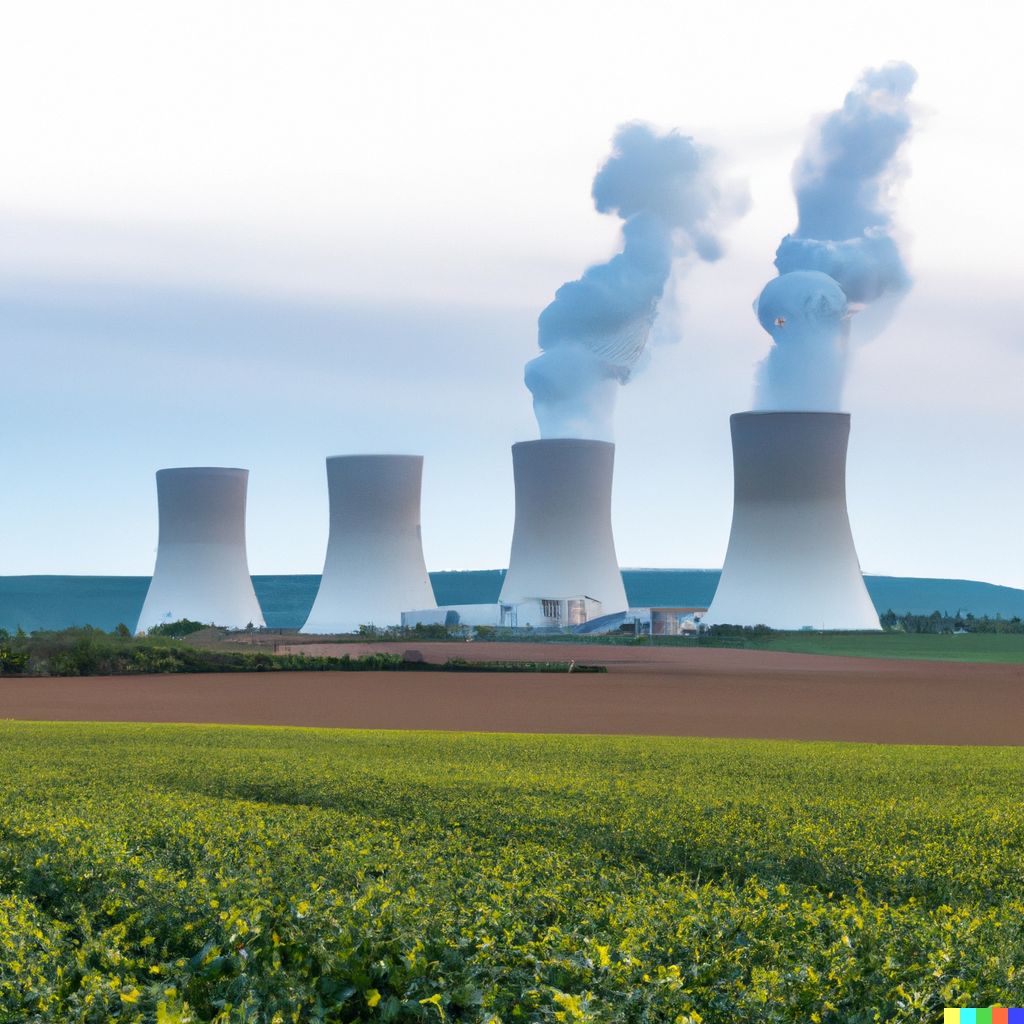
Since Russia’s invasion of Ukraine in winter 2022, the United States and European Union have applied numerous layers of sanctions and restrictions upon Russian hydrocarbons, especially oil. Yet even as the US and EU have reduced their dependence on Russian fossil fuels their dependence on Russian fuel for nuclear reactors has not decreased, and in some cases is growing. As western nations seek to diversify their energy suppliers and reduce greenhouse gas emissions in the energy sector, they are rediscovering the intractability of reliance on a few countries that are able and willing to produce the quantities and types of fuels that their reactors require.
Despite receiving less attention, nuclear energy is crucial to the EU’s electricity supply, representing 25.2% of the bloc’s electric power in 2022. That represents a greater share than wind, solar, and geothermal combined, and about twice as much as hydropower. About 18% of the US electricity supply comes from nuclear, only slightly less than renewables.
Europe is more dependent on Russian nuclear fuel than the US. In 2020 about a sixth of America’s enriched uranium came from Russia, and the US spent $830 million on enriched Russian uranium. In 2021 the EU sourced a fifth of its natural uranium, a quarter of its conversion, and a third of its enrichment from Russia. While Russia produces about 15% of the world’s uranium, it possesses around 46% of its enrichment capacity. While a handful of other nations possess sizable enrichment capacities, they are all dwarfed by Russia, and are too low to service much of an export market.

Nearly all of these Russian nuclear exports of goods and services occur through the Rosatom State Nuclear Energy Corporation, simply known as Rosatom. According to Rosatom, business is good. For 2022 it reported about $21 billion in revenues for the year and a 15% increase in exports, plus a ten year order book valued at $200 billion. European purchases of Rosatom products in 2022, in euro terms, were higher than before the Russian invasion. While nothing in the nuclear industry moves quickly, European governments have begun efforts to reduce their Rosatom reliance, but there are challenges to any switch.
As with many industries, the complexity of traditional nuclear reactors and plants means that operators continue to need parts from the companies that built the plants, at least until a competitor can replicate parts that are often customized for a specific reactor model. Yet in the nuclear industry the dependence can extend to the fuel, and not simply due to the supply of enriched uranium. There are 27 Soviet-designed VVER reactors operating in Europe, not counting Ukraine. These reactors require special VVER-1000 fuel. While US-based Westinghouse Electric Company has begun to supply fuel to some Russian-designed reactors in Ukraine, and has signed deals to do the same for Finland, the Czech Republic, and Bulgaria (not all VVER models), Westinghouse will not be able to expand capacity enough to meet European demand for a long time, if ever. Should the US expand the number of domestic nuclear reactors, as seems likely with the push for small modular reactors, Westinghouse may be pushed to prioritize the American market over export markets.
According to the European Atomic Energy Community, Euratom, the assessment and approval of the Westinghouse VVER-1000 fuel to replace the Rosatom VVER-1000 could take three years. The bigger endeavor – removing Rosatom from the European nuclear fuel supply chain altogether – could take up to a decade even if Europe immediately started to invest the necessary funds and regulatory efforts. Aside from the many billions required, European governments may face pushback in some quarters from voters who do not understand the value of spending to recreate capacity that already exists, or do not appreciate nuclear energy, or both.
Five EU nations – Hungary, Bulgaria, Slovakia, Finland, and the Czech Republic have Russian-designed reactors and could not stop importing fuel from Rosatom in the short- or medium-term unless they shutter those reactors. That in turn would likely increase their need for Russian fossil fuels. Yet even within this group Rosatom-dependence since the Russian invasion has diverged significantly. From 2021 to 2022 Bulgarian and Czech nuclear imports from Russia fell while Hungarian, Slovakian, and Finnish imports increased. In February these five nations plus EU members Croatia, France, Hungary, the Netherlands, Poland, Romania, and Slovenia stated their intention to begin greater cooperation among their nuclear regulators and industries. Poland is the only member of the group that does not yet have operational nuclear reactors, but it has signed deals to construct them.
During the April G7 meeting in Japan, the nuclear energy members of the club – Canada, France, Japan, the US, and the UK – agreed to a statement on collective work to lower dependence on Russia nuclear fuel. However, it is unclear how or when the statement will translate into actual fuel production, nor how much the group of five will work to increase supply to the EU. Germany and Italy, the other two members of the G7, are EU members but no longer produce nuclear energy, with Germany having closed its last reactors in April and Italy in 1990.
While most EU members are moving away from Russian nuclear dependence, or at least determining how to do so, Hungary is still adding to Rosatom’s order book. In August last year Hungary’s Atomic Energy Authority permitted two construction of two Rosatom reactors to proceed. They will mostly be financed by a €10 billion loan from Russia. Viktor Orbán, Hungary’s prime minister since 2010, and his Fidesz party maintain good relations with Russia, although Hungary has joined the rest of the EU in voting for most sanction packages against Russia.
